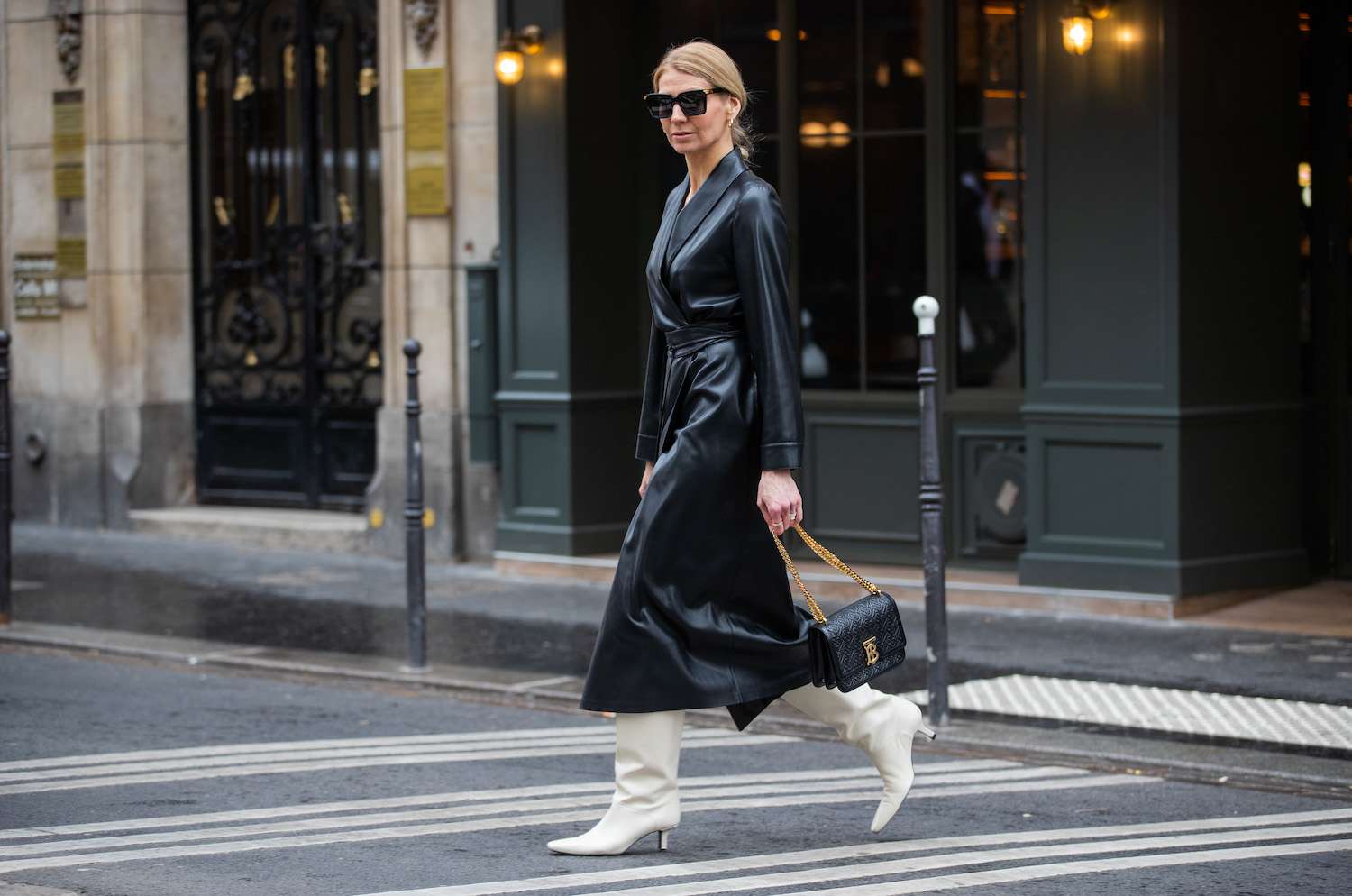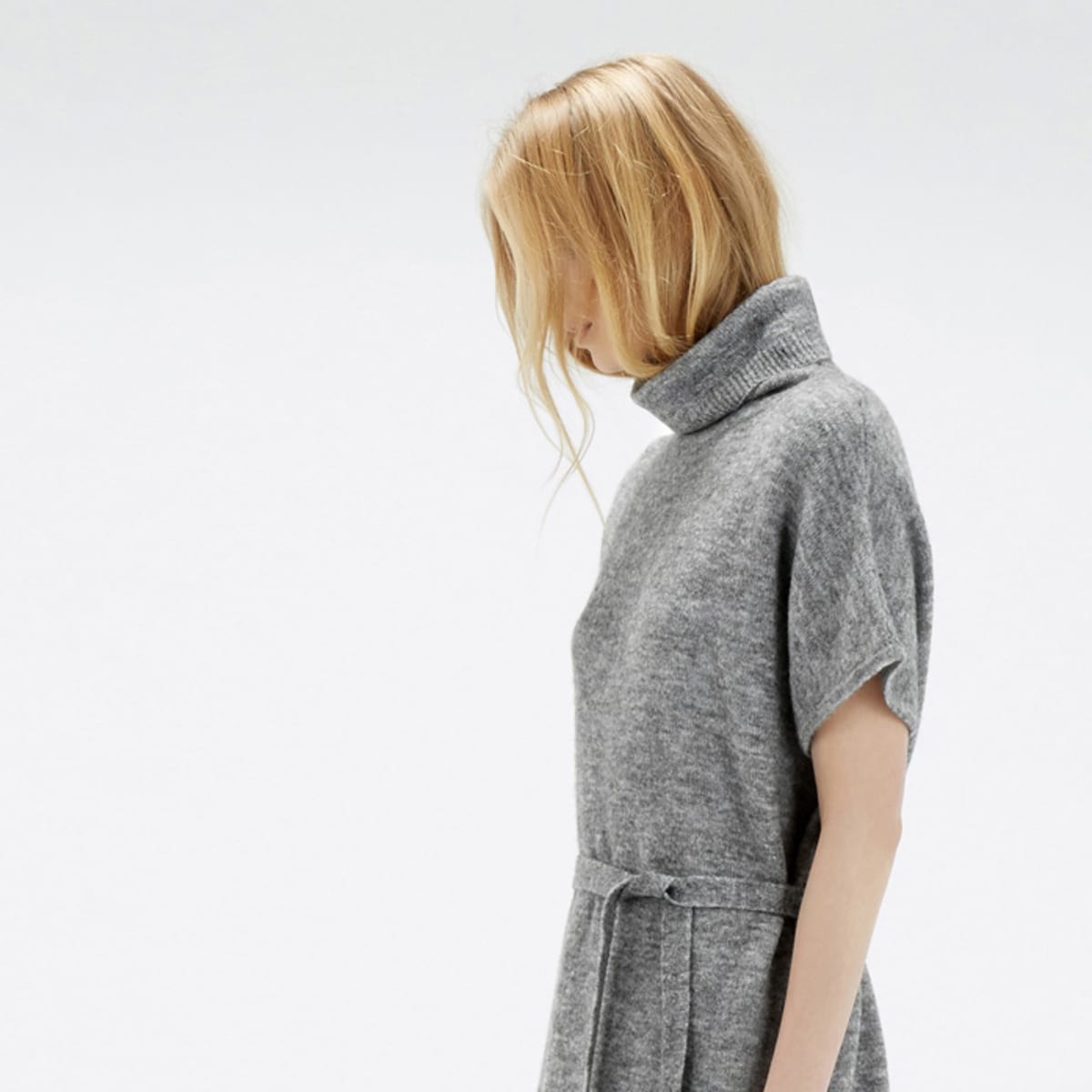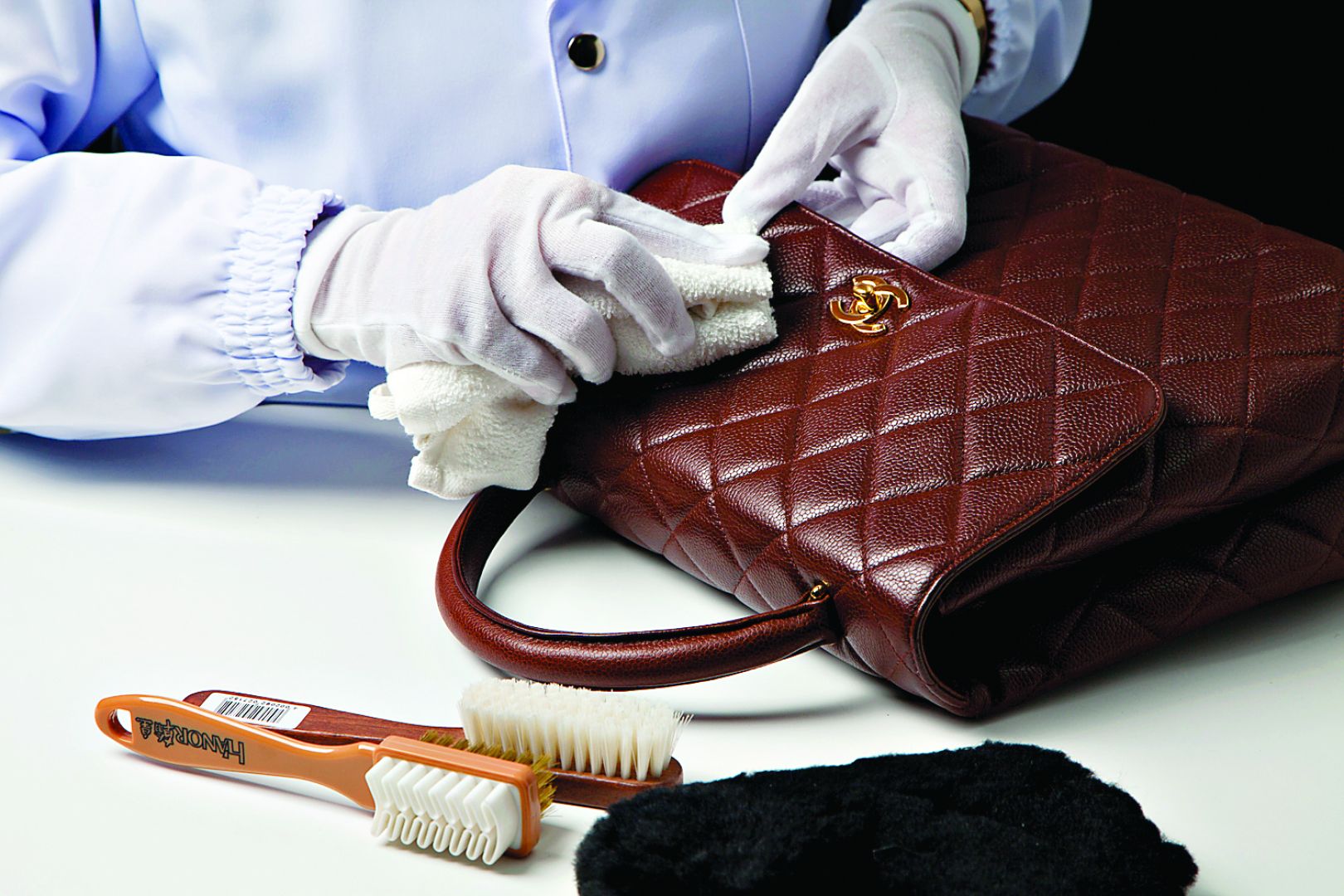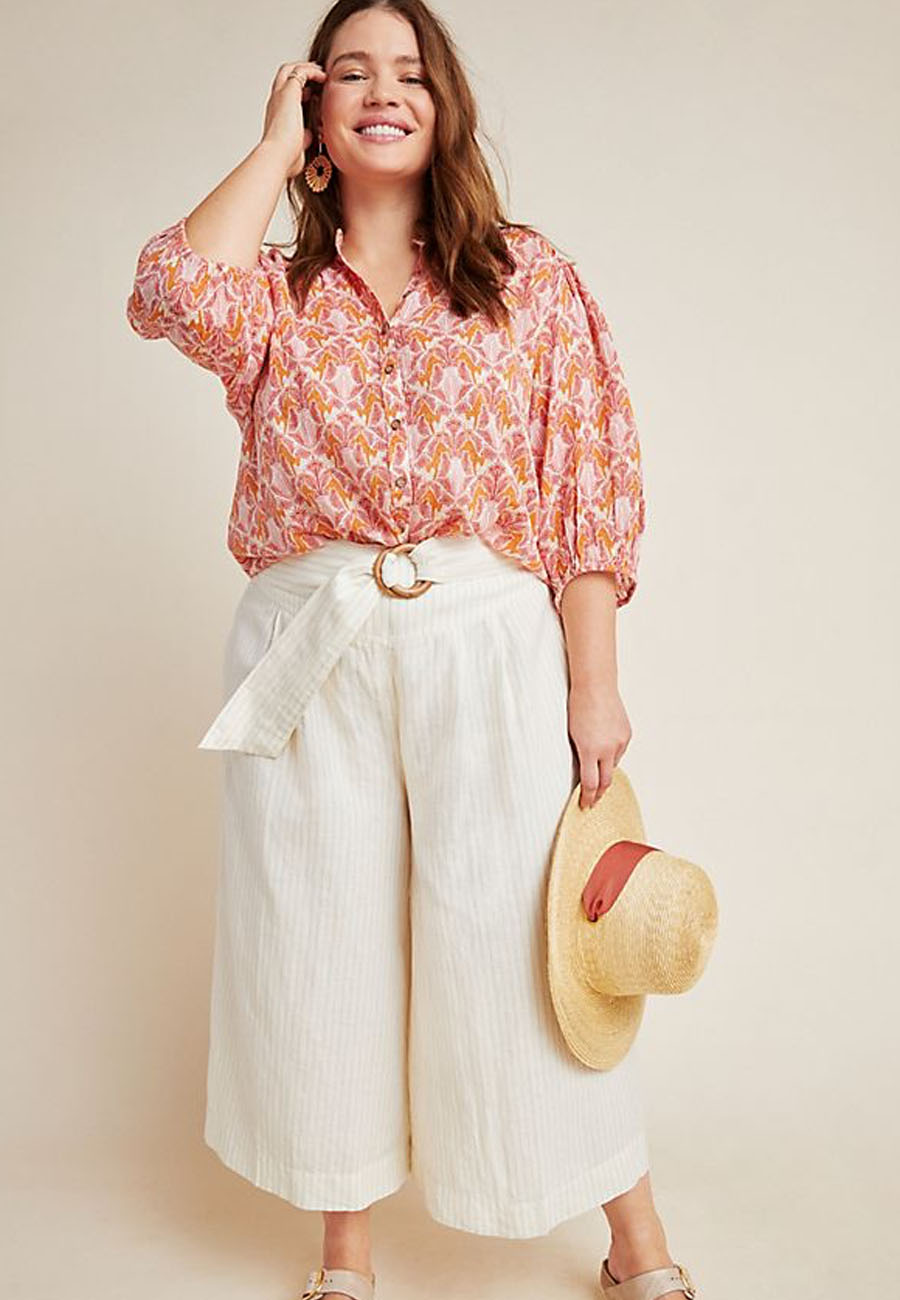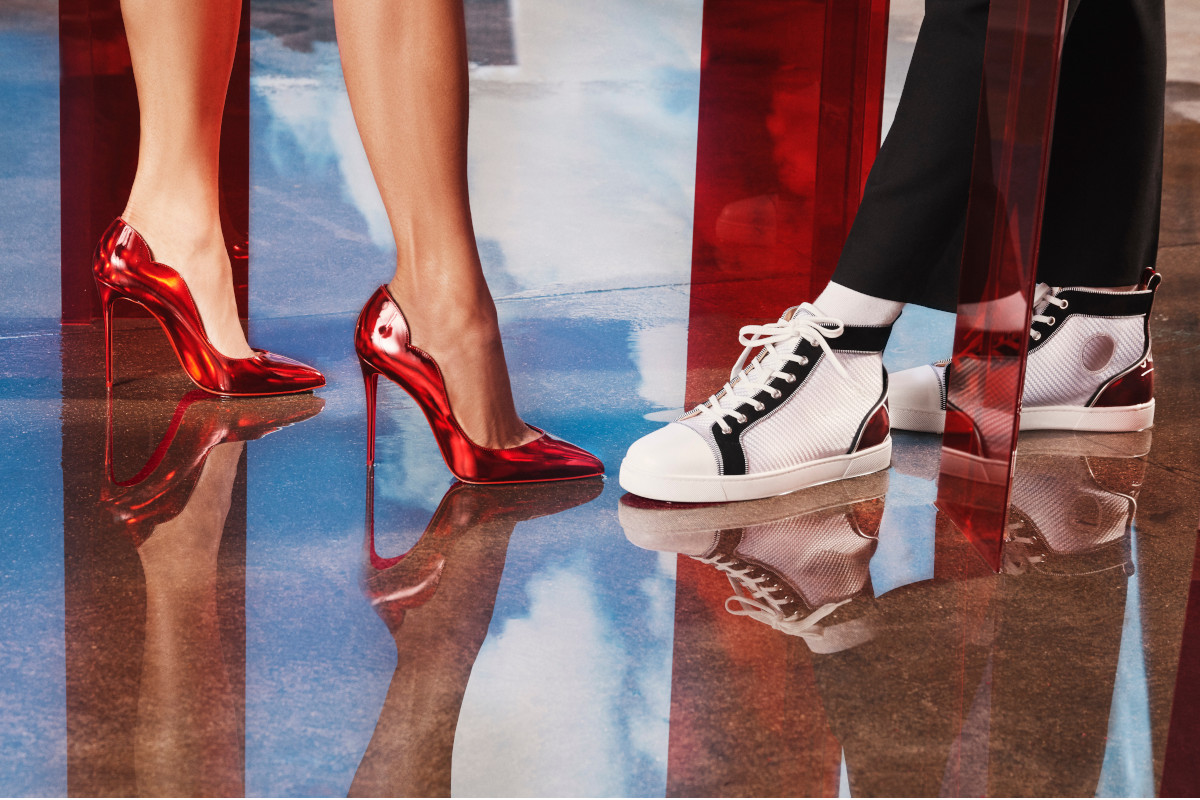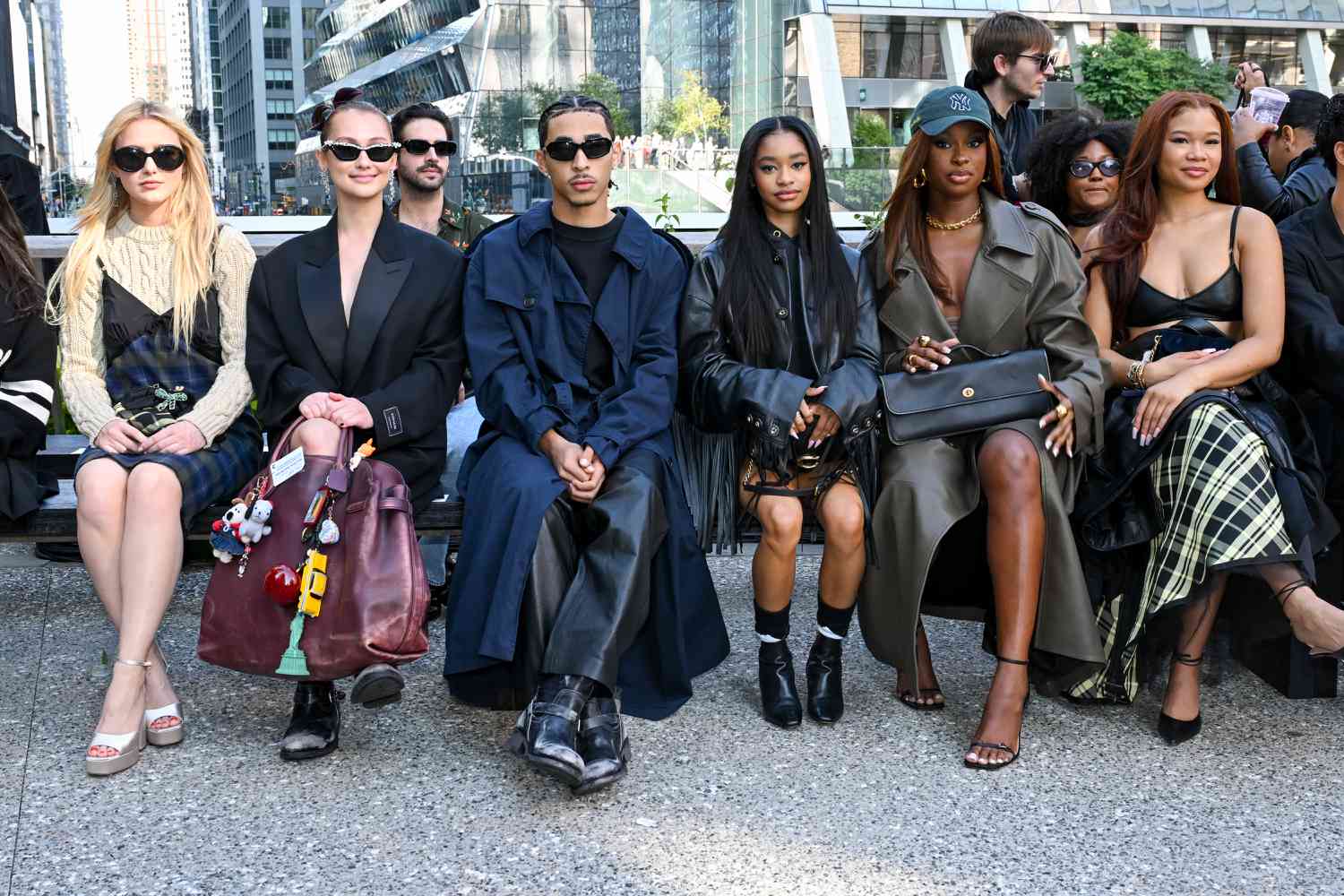Not Just a Purse—It’s a Portfolio
Let’s be real: Gen Z is rewriting the rules of fashion, finance, and just about everything else. So, it’s no surprise they’ve turned something as seemingly innocent as a vintage Dior saddle bag into a savvy financial asset.
This generation isn’t just flexing for the ’gram—they’re investing. And what are they investing in? Not crypto (well, not only crypto). They’re going all in on vintage fashion investing, and handbags are the new blue-chip stocks.
The Shift: From Fast Fashion to Future-Proof
Fast fashion fatigue is real
Gen Z grew up watching fashion cycles speed up like TikTok trends. But they’ve also seen the environmental cost. As fast fashion piles up in landfills and loses cultural cachet, vintage pieces offer something rare: permanence.
Vintage isn’t just nostalgic. It’s sustainable, unique, and—if you play your cards right—profitable.
The Value in the Vault: Why Bags?
Not all accessories are created equal
A vintage Fendi Baguette or a pristine Hermès Kelly isn’t just an accessory. It’s an asset class. Gen Z is treating bags like art or fine wine—purchasing with an eye for appreciation over time.
The numbers don’t lie: an Hermès Birkin has outperformed gold in long-term value retention. And unlike volatile markets, you can actually wear your Birkin on a coffee run. Try doing that with your stock portfolio.
Case Study: Sarah, 24, Turned Her Closet Into Capital
When Sarah, a 24-year-old marketing assistant in Los Angeles, bought her first vintage Chanel flap bag, it wasn’t on a whim. She researched resale trends on Depop and TheRealReal like a Wall Street analyst.
“I saw that this exact style sold for 20% more six months later,” she explained. “That was my ‘aha’ moment. Fashion could make me money.”
Now, Sarah runs a side hustle flipping vintage bags, using ROI spreadsheets alongside her style mood boards.
Where Style Meets Strategy
The analytics behind the aesthetic
Gen Z is data-driven by default. Whether it’s tracking viral trends or cryptocurrency dips, they’re fluent in the language of metrics. So it makes perfect sense they’d apply the same logic to their wardrobes.
They study resale platforms, monitor celebrity sightings, and use tools like Google Trends to predict which bags will blow up next. Vintage fashion investing isn’t just about taste—it’s about timing.
Scarcity + Story = Status
Rarity drives resale—and storytelling drives everything
A vintage Louis Vuitton multicolor bag from the early 2000s isn’t just rare; it comes with a Y2K story, a Paris Hilton reference, and a whole aesthetic Gen Z romanticizes.
The story is the value. Unlike mass-produced bags, vintage pieces carry history, culture, and cachet. That’s why one-of-a-kind styles dominate resale platforms—Gen Z doesn’t want what everyone else has.
Digital Platforms: The New Stock Exchange
Depop is Nasdaq with more crop tops
Resale apps like Depop, Grailed, and Vestiaire Collective have gamified fashion commerce. Users buy low, sell high, and build digital shops with follower counts rivaling influencers.
The result? Fashion becomes fluid capital. Your “closet” is now a portfolio, and your outfit grid is basically your performance chart.
It’s More Than Hype—It’s Hedge-Level Thinking
Let’s not underestimate this generation. What might look like TikTok trends and Instagram aesthetics is, underneath the surface, a calculated financial strategy.
In a world of inflation and economic uncertainty, Gen Z is crafting a stylish hedge against instability—one leather strap at a time.
The Bottom Line: The Bag Is the Business
For fashion marketers, this is more than a consumer trend. It’s a cultural pivot. Gen Z is no longer buying fashion just to own it—they’re buying to leverage it.
If your brand isn’t speaking to this intersection of fashion, finance, and individuality, you’re missing the point.
Because to Gen Z, that vintage bag?
It’s not just an accessory.
It’s an asset.
Final Takeaway for Marketers:
If you’re marketing to Gen Z, think beyond aesthetics. Emphasize value, story, and scarcity. Speak the language of style and strategy. Vintage fashion investing isn’t a passing trend—it’s how Gen Z is building wealth with flair.

